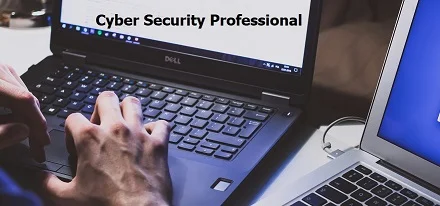Drones, also known as unmanned aerial vehicles (UAVs), have revolutionized the field of security and surveillance. These small remotely controlled aircraft have become an invaluable tool for law enforcement agencies, military forces, and private security companies. With their ability to fly at various altitudes and navigate through tight spaces, drones offer a unique advantage in monitoring and safeguarding our surroundings. Let’s explore how drones are being used for security and surveillance, the cost of a typical surveillance drone, the advantages they bring, and alternative technology options in case drones are not feasible.
The Cost of a Typical Surveillance Drone
The cost of a surveillance drone can vary significantly depending on various factors such as the brand, model, features, and capabilities. Generally, a basic surveillance drone can cost around $500 to $1,000. These entry-level drones usually have a limited flight time, lower video quality, and shorter range. However, as you move up the price range, you can find more advanced drones with longer flight times, higher video resolutions, and enhanced stability. High-end surveillance drones used by government agencies or military forces can cost several thousand dollars or even tens of thousands of dollars.
Advantages of Drones for Surveillance and Security
Drones offer several advantages when it comes to surveillance and security. Here are some of the key benefits:
1. Flexibility and Mobility: Drones can be deployed quickly to areas that are difficult to access by traditional means. They can navigate through complex terrains, fly over obstacles, and reach remote locations, providing surveillance coverage where it would otherwise be challenging or time-consuming.
2. Cost-Effectiveness: Compared to manned aircraft or ground-based surveillance systems, drones are a more cost-effective solution. They require fewer resources and personnel to operate, making them an attractive option for organizations with limited budgets.
3. Real-Time Monitoring: Drones equipped with high-definition cameras and other sensors can provide real-time video feeds and data, allowing security personnel to monitor situations as they unfold. This immediate access to information enables quicker response times and better decision-making.
4. Anonymity: Drones can be used for covert surveillance, as they can operate discreetly without drawing attention. This makes them particularly useful in gathering intelligence or monitoring suspicious activities without alerting potential threats.
5. Enhanced Situational Awareness: By capturing aerial footage, drones provide a comprehensive view of the surroundings, enabling security personnel to have a better understanding of the situation. This aerial perspective helps in identifying potential threats, monitoring crowd movements, and assessing the overall security of an area.
Alternative Technology Options for Surveillance
While drones have proven to be highly effective for security and surveillance purposes, there are alternative technology options available if drones are not feasible or suitable for a particular situation. Some of these alternatives include:
1. Closed-Circuit Television (CCTV) Systems: CCTV systems consist of cameras strategically placed in specific locations to monitor and record activities. These systems are widely used for surveillance in public areas, commercial buildings, and residential complexes.
2. Surveillance Balloons: Surveillance balloons are large, tethered balloons equipped with cameras and other sensors. They can provide a stable aerial platform for surveillance and are often used for long-term monitoring in areas where drones may not be practical.
3. Satellite Imagery: Satellite imagery can be utilized for surveillance purposes, especially for large-scale monitoring or tracking activities over a wide area. Satellites can capture high-resolution images and provide real-time data, albeit with limitations in terms of coverage and cost.
4. Ground-Based Sensors: Ground-based sensors, such as motion detectors, infrared cameras, and seismic sensors, can be deployed to detect and alert security personnel of potential threats. These sensors are often used in combination with other surveillance systems for comprehensive coverage.
While these alternative options have their own advantages, they may not offer the same level of flexibility, mobility, and real-time monitoring capabilities as drones. The choice of technology will depend on the specific requirements, budget, and environmental factors of the surveillance operation.
In conclusion, drones have become an invaluable asset in the field of security and surveillance. Their flexibility, cost-effectiveness, real-time monitoring capabilities, and ability to reach inaccessible areas make them a preferred choice for many organizations. However, alternative technologies such as CCTV systems, surveillance balloons, satellite imagery, and ground-based sensors can also be considered depending on the specific needs and constraints of the surveillance operation. Ultimately, the goal is to ensure the safety and security of our surroundings using the most effective and appropriate means available.




